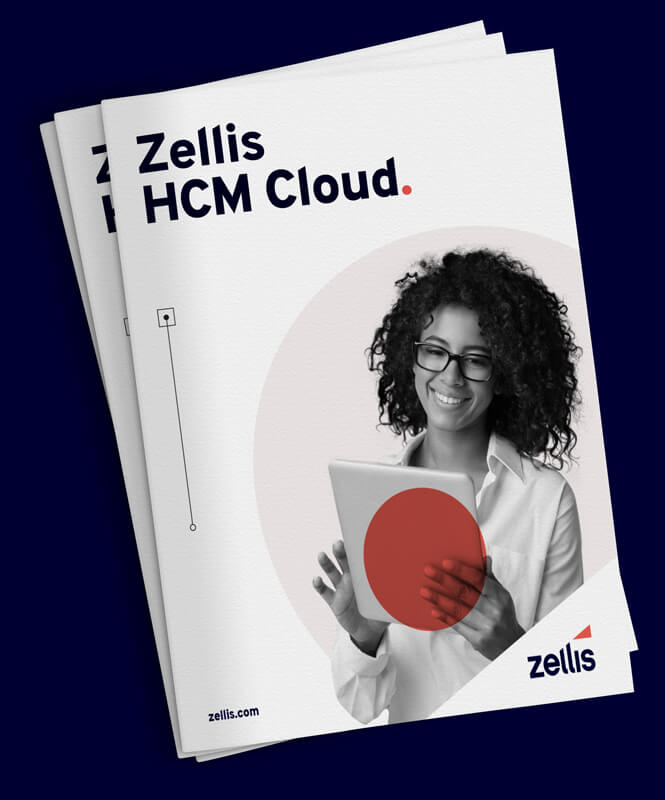What are the key trends, challenges and watchwords for HR professionals in 2020?
Here’s the second half of our top 10 areas to watch this year.
(If you haven’t already, check out part 1 here).
5 – People analytics
Now that HR is firmly seated at the boardroom table, it’s becoming more important for the department to explain its impact on the business through the numbers. Especially as functions such as marketing – not traditionally seen as data-driven – can now quantify its impact through advanced analytics. Our research found that 77% of CEOs would like to see more HR data, 69% want improvements in the timeliness of this information, and 63% want a greater level of accuracy.
HR teams are increasingly using surveys as a relatively quick and easy way to gather insights on the employee experience and better understand areas for business improvement. Beyond this, more organisations are realising the potential to integrate core HR data with what is arguably the single biggest and more consistent source of valuable workforce insights – the payroll.
Many HR teams overlook payroll data when in fact, it can help answer critical questions such as “How do pay and benefits affect employee performance?”, “In which areas of the business are the most overtime hours worked?”, and much more. Expect 2020 to be the year when many organisations increase the depth and sophistication of their people analytics.
6 – Self-service HR systems
Self-service HR systems provide a number of benefits to employees and employers alike. Employees benefit from a greater sense of control over activities like updating their personal details, booking holiday, and accessing benefits, while employers benefit from lower admin costs and improved reliability of data.
As self-service gradually becomes the norm for most organisations, HR teams will need to focus their attention on ensuring their systems can as act an enhancement, rather than a detriment, to the employee experience. This will mean upgrading outdated and unintuitive technology to better suit the expectations of a workforce which is becoming accustomed to using platforms like Amazon and Netflix on a daily basis.
With employees spending more time on strategic work and less on navigating frustrating HR systems, organisations can take a step further to fostering a truly agile and productive work culture.
7 – Managing the contingent workforce
According to a study from the TUC and the University of Hertfordshire, the size of the ‘gig economy’ in the UK doubled to 4.7 million workers. Employing the services of contract and freelance workers has become a necessary strategy for many organisations that are struggling to fill skills gaps in areas such as IT and software engineering.
But it comes with its challenges – for example, HR teams are under pressure to accommodate different payroll arrangements, as well as prepare for and comply with legislation like IR35. As the trend of relying on contingent workers looks set to continue, businesses will need to develop specific policies and strategies to tackle these issues. According to a 2018 report by Deloitte, this is something which only 17% of UK companies have done.
8 – Total rewards
Ask a random employee to place a value on their combined pay and benefits package, and the chances are that they’ll give you a figure which is way off the mark. Research from Benefex actually found that eight in ten employees undervalue their ‘total rewards’ by up to 30%.
Many organisations fall into the trap of offering lots of attractive employee benefits, but failing to realise a worthwhile return on investment due to levels of employee uptake. This often comes down to a lack of communication on the part of the employer.
For HR teams working on boosting talent engagement and retention this year, showcasing the value of total rewards is a good place to start. This could involve doubling down on internal communication around different benefit options, as well as starting to offer employees a ‘total rewards statement’ (TRS) as part of, or alongside, their traditional payslip.
9 – Diversity and inclusion
Building a truly diverse and inclusive workplace is by no means an easy feat. It has implications for so many different aspects of the HR function, from hiring to organisational structure to culture and values.
In 2020, we may well see more complex discussions around the role of technology in this process. For example, does using AI in recruitment help to remove unconscious bias, or does it actually help to reinforce it?
While these complex questions will continue to be debated, we’re seeing more straightforward, yet impactful ways to use technology to promote diversity and inclusion. These include the increased adoption of employee recognition platforms, as well as enabling employees to self-register their preferred pronouns in their HR systems.
10 – Continuous compliance
Payroll and HR teams are traversing an ever-expanding landscape of regulations. This includes not only a multitude of employment and tax laws, but also rules around data security – particularly those enshrined by EU GDPR. As a result, we are seeing a shift away from the mindset of compliance as a ‘tick box’ exercise, towards a mindset of ‘continuous compliance’.
This phrase refers to a business culture in which compliance plays a key strategic role – and means continually reviewing your organisation’s compliance position, updating your systems regularly to meet the highest of security standards, and using technology wherever possible to streamline these processes and reduce administrative errors which could lead to potential breaches.
This year we can expect more businesses to collaborate closely with their payroll and HR software providers to determine how such an approach can be implemented.















